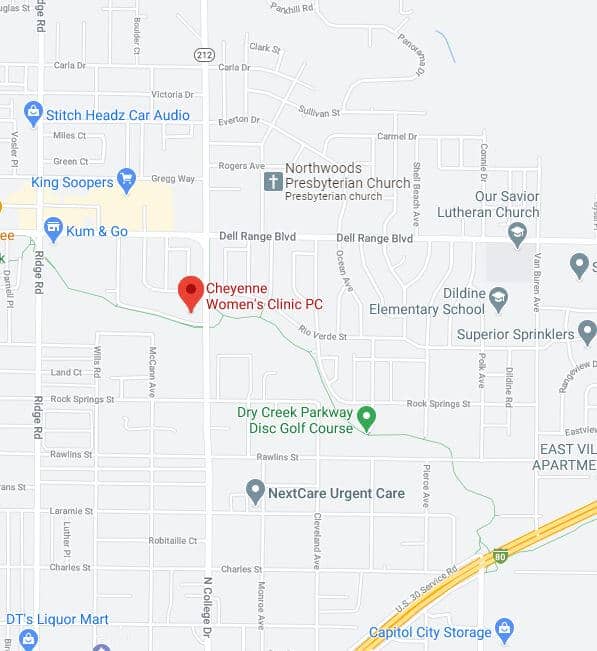The cervical mucus method involves recognizing changes in the mucus produced by the cervix and in how the mucus looks and feels. Just before ovulation, the amount of mucus made by the cervix noticeably increases, and the mucus becomes thin and slippery. Just after ovulation, the amount of mucus decreases, and it becomes thicker and less noticeable. To prevent pregnancy, you should avoid sexual intercourse or use a barrier method of birth control from the time you first notice any cervical mucus. To promote pregnancy, you should have intercourse every day or every other day when the thin and slippery cervical mucus is present
When using methods that rely on cervical mucus, be aware of any changes in your health or daily routine that could make reading the signs of ovulation difficult. Medications, feminine hygiene products, douching, sexual intercourse, breastfeeding, or having a pelvic exam in which lubrication is used all can change how the cervical mucus appears.





